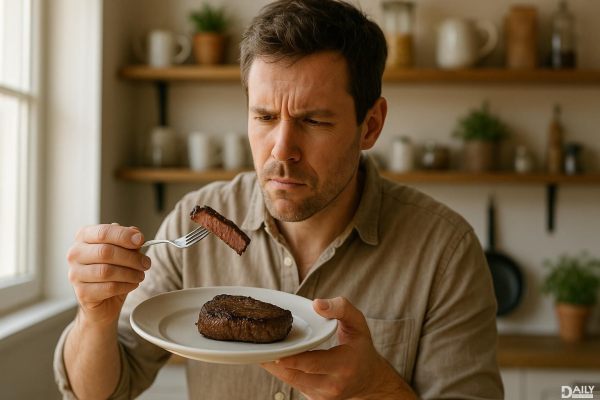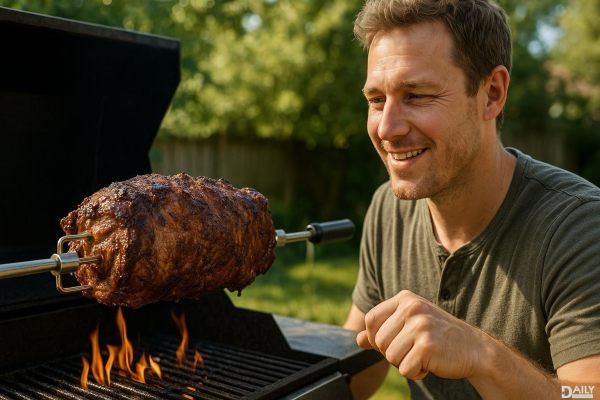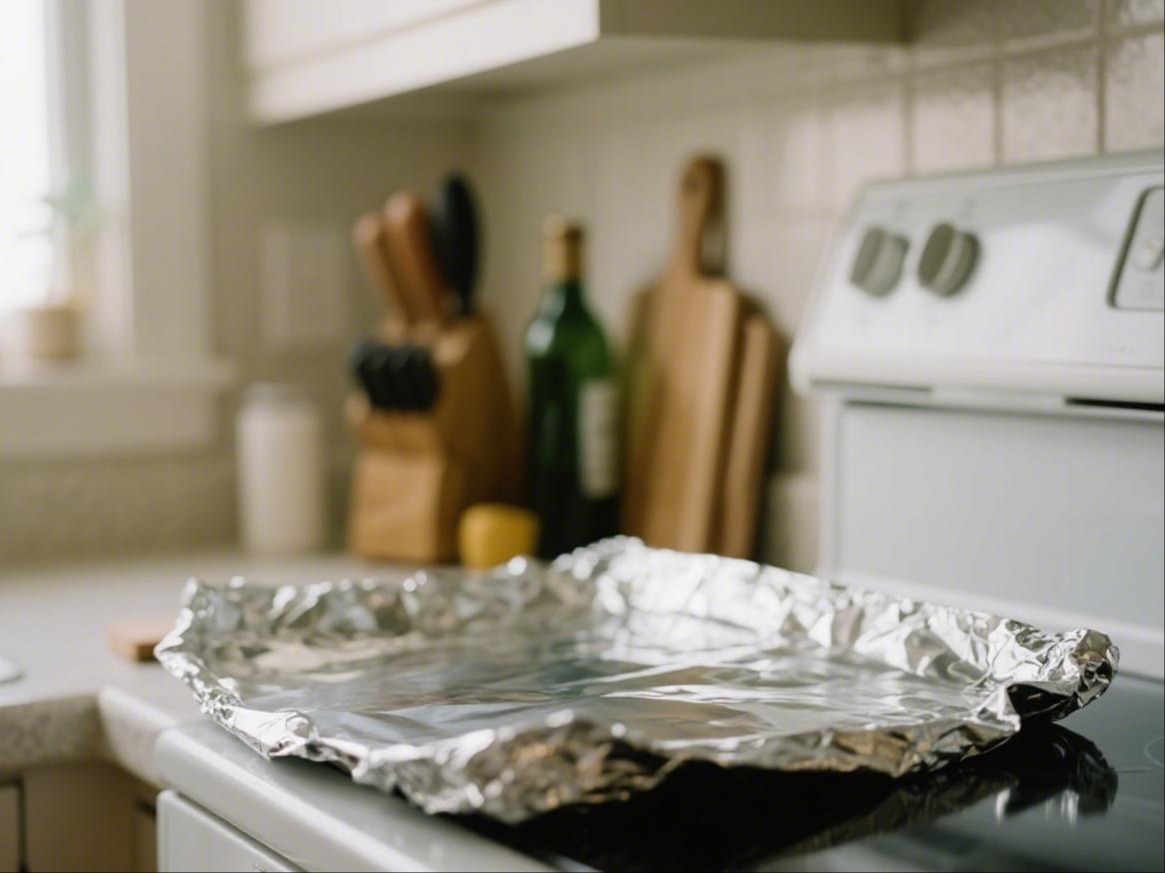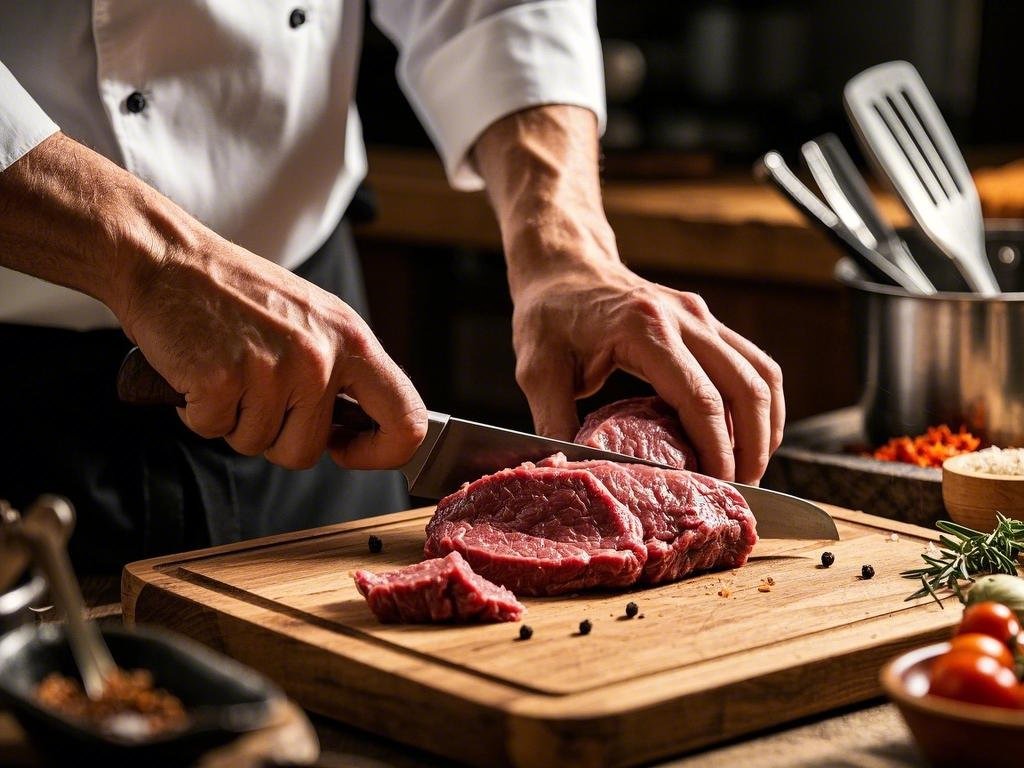Knowing if your steak is perfectly cooked comes down to mastering a few key techniques—temperature, timing, and texture. Whether you like it rare, medium, or well-done, the secret lies in understanding the cues your steak gives as it cooks. From the sizzle in the pan to the firmness under your finger, getting it right every time is easier than you think.

Forget poking your steak a dozen times with a thermometer—your hand is the ultimate tool. Press the fleshy part of your palm below your thumb to mimic steak doneness. A rare steak feels like the softness when your thumb and index finger touch. Medium? That’s the resistance when your thumb meets your middle finger. Well-done is firm, like your thumb pressing against your pinky. This trick isn’t just for grill masters; it’s science. The muscle fibers tighten as heat penetrates, changing the texture. Practice makes perfect, so compare your finger test with a thermometer a few times to calibrate your instincts.
A perfectly cooked steak tells its story through color and juices. Rare steak boasts a deep red center with cool-to-warm juices. Medium shows a warm pink middle with clear (not bloody) runoff. Overdo it, and you’ll see gray throughout with little moisture—unless you’re into hockey pucks. But here’s the kicker: juices aren’t always blood. That red liquid? Mostly water and myoglobin, a protein that gives meat its hue. Letting your steak rest for 5–10 minutes after cooking redistributes those juices, so slicing too soon is a rookie mistake. Patience pays off in every juicy bite.
A one-inch ribeye won’t cook like a two-inch filet. Thickness dictates timing, and timing is everything. For a standard 1-inch cut, aim for 3–4 minutes per side on high heat for medium-rare. Thicker cuts? Reverse sear is your friend—slow-cook in the oven first, then blast it in a skillet for a crust. Thin steaks, like flank or skirt, need high heat fast—think 2 minutes per side max. And don’t even think about flipping constantly. One flip is ideal for a caramelized crust. Pro tip: Pull your steak off the heat 5°F below your target temp—it’ll keep cooking as it rests. No more dried-out disasters.
That glorious sizzle when your steak hits the pan? Music to a carnivore’s ears. But the sound tells you more than just “it’s cooking.” A steady, aggressive sizzle means your pan is hot enough to sear, locking in juices. No sound? Your pan’s too cold, and you’re basically steaming the meat. Too much smoke? Dial it back—burnt fat isn’t flavor. Cast iron reigns supreme for even heat, but stainless steel works if you preheat it right. And for the love of steak, pat the meat dry before cooking. Moisture is the enemy of a good crust. A dry surface equals a golden-brown masterpiece.
Cutting into a steak straight off the grill is like popping a champagne bottle without chilling it—disappointing. Resting lets the fibers relax, reabsorbing juices so they stay in the meat, not on your plate. Five minutes for thinner cuts, up to 10 for thicker ones. Tent it loosely with foil to keep warm without trapping steam (soggy crust = sad day). Skeptical? Try it once. The difference between a rushed slice and a rested one is night and day. Your taste buds will thank you.
Perfect steak isn’t luck—it’s technique. Whether you’re using the finger test, watching the clock, or listening for the sizzle, these methods take the guesswork out of cooking. Next time you fire up the grill or heat the pan, trust the process. Your ideal steak is just a few tricks away.
























